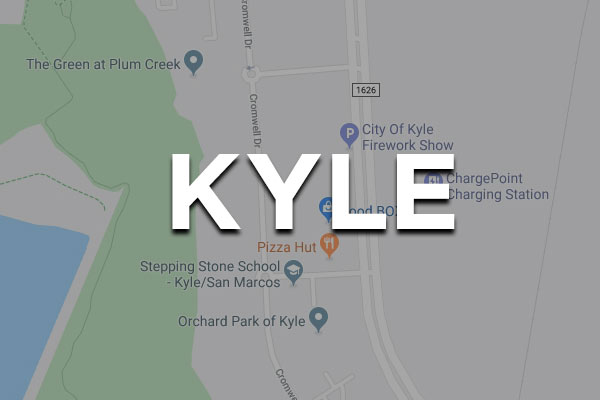
Winter’s harsh temperatures and wet conditions can present many challenges for vehicle owners, and some of those challenges must be overcome before even leaving the driveway. One such challenge is an iced-over windshield. A windshield that is covered with a sheet of ice renders a vehicle inoperable, simply due to the fact that the driver will be unable to see – and leaning out of an open window peering around side mirrors is a dangerous maneuver that should never be considered remotely safe.
So what do you do? When you come out on a cold winter morning to find a layer of ice over your windshield, it can be tempting to attack with a scraper to make a spot big enough for bare-minimum visibility. But between the stress of trying to remove ice under a time crunch, and questionable road conditions potentially making your already-dangerous commute even worse, it’s better to be prepared for the possibility of an iced-over windshield with the following tips.
Icy Windshield Prevention
As the old saying goes, an ounce of prevention can add up to a pound of cure. This definitely applies to icy windshields. The easiest method to prevent snow or sleet from glazing over your vehicle windows is to cover all glass with tarps or thick sheets (tuck ends inside closed windows and/or vehicle doors). While this method may be a bit time-consuming and unwieldy, for small amounts of precipitation this option almost always works – simply head out to your vehicle a few minutes earlier the next morning in order to have time to remove the coverings.
Another option that works well in conjunction with coverings is to spray down your windshield and windows with sprays that prevent water from sticking and ice from developing. Commercial sprays are always available in automotive departments and at automotive shops, but you can also make your own mixture of one part distilled water mixed with three parts white vinegar. However, it’s important to keep in mind that prolonged exposure to the vehicle can result in damage to protective wax coatings – so deploy these sprays with care, and consider having a rag on hand to wipe down adjacent painted surfaces.
Safe Removal of Ice From a Windshield
If ice is already frozen onto your windshield, then clearly tarps and vinegar-based sprays aren’t going to be of any help to you. Know that using your body weight (and frustrations) to chip away at ice can potentially put spiderweb chips and cracks into your glass. This risk is heightened if you attempt to use hot water to speed-melt ice.
The best method for removing ice from your vehicle’s windshield is to work from the inside out: set your vehicle’s defroster to the max to get the windshield warmed up from the inside. From the outside, use a safe de-icer made up of one part water and two parts isopropyl alcohol (rubbing alcohol) with a few drops of standard dish soap. Spray this mixture on an iced-over windshield to help thin and loosen ice. Then you can safely use an ice scraper to go at the ice, taking care to apply pressure – but not too much – evenly as you go. Start from the edges and work your way in.
By taking the time to use preventative and safe removal measures, you will be able to safely and relatively quickly remove ice from your windshield and other windows without causing any damage to the expensive glass underneath. Looking for window or auto glass replacement services in San Marcos & Kyle TX? Contact Reliable Automotive, an auto glass repair shop in Buda TX, to talk to a professional who can help.






